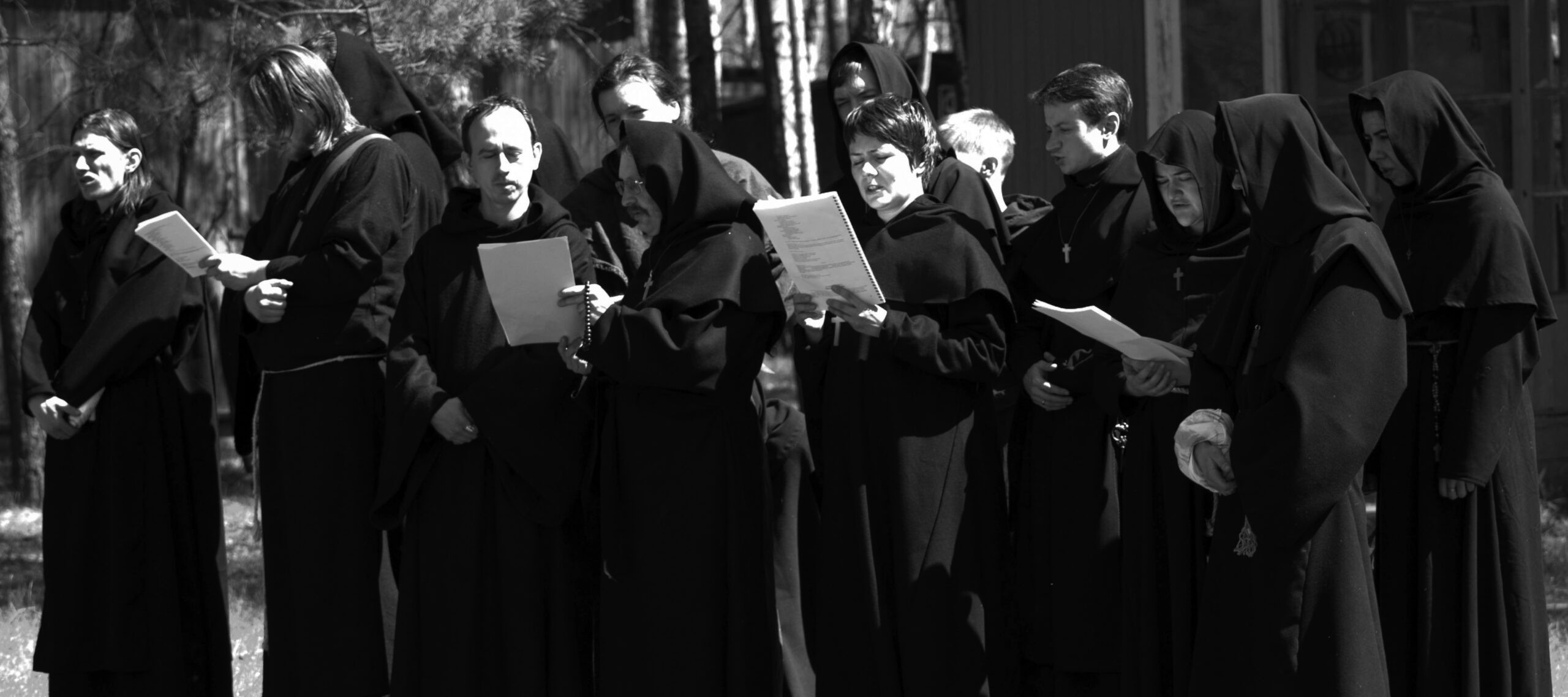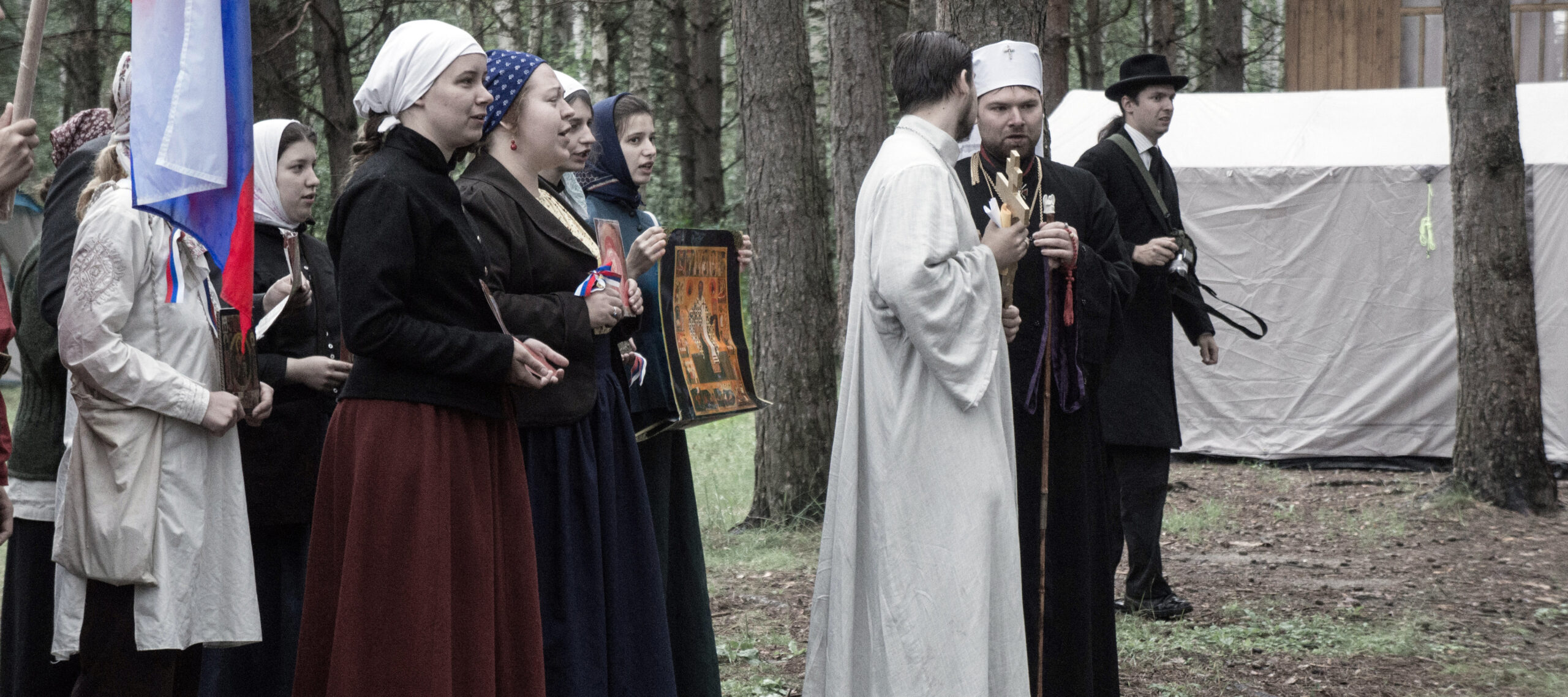Tag: Russia
-

Being a Monk – Building a Cathedral
Being а Monk was a larp simulating a Benedictine monastery in 1202. The organizers were inspired not only by history & art, but also personal experience.
-

Starting a Russian Revolution
A visit to Russian “Larp-poem 1905” to do living history and dream of changing the past Have you heard about the Russian revolution of 1905? Don’t be embarrassed if you haven’t, it’s not that well known, not even Russians talk much about it. Yet, it was an interesting and decisive time in Russian history and,
-

Ticket to Atlantis – Fear, Love, Death, Life…
Atlantis is a small town in Washington, USA. It’s surrounded by woods, has no phone line, and the mail service works poorly. The only way to come there is by the railway, and the train is the only way to leave. The ticket office is closed, and the quizzical Conductor (somewhat resembling O. G. Grant)
-

Saint Summer – A 60’s Tale of Music and Hope
Genre: Rock operaTheme: Utopia and its FallSetting: Rock’n’Roll festival in the late 1960’s, USSources: Aldous Huxley ‘The Island’, Jesus Christ Superstar, Platoon, Hair. The Messiah has been gone for two millennia. The times of rock star messiahs ended half a century ago. We have mass communication galore, but the same questions still stand. In this
-

Ingame or Offgame? Towards a Typology of Frame Switching Between In-character and Out-of-character
in
For the Moscow and St. Petersburg larp communities, continuous immersion into the game and into the character seems to be the central point of the larp process. Larp rules proclaim continuity of game, and players generally disapprove one’s going out of the character while playing. This attitude is, however, more declarative than a reflection of